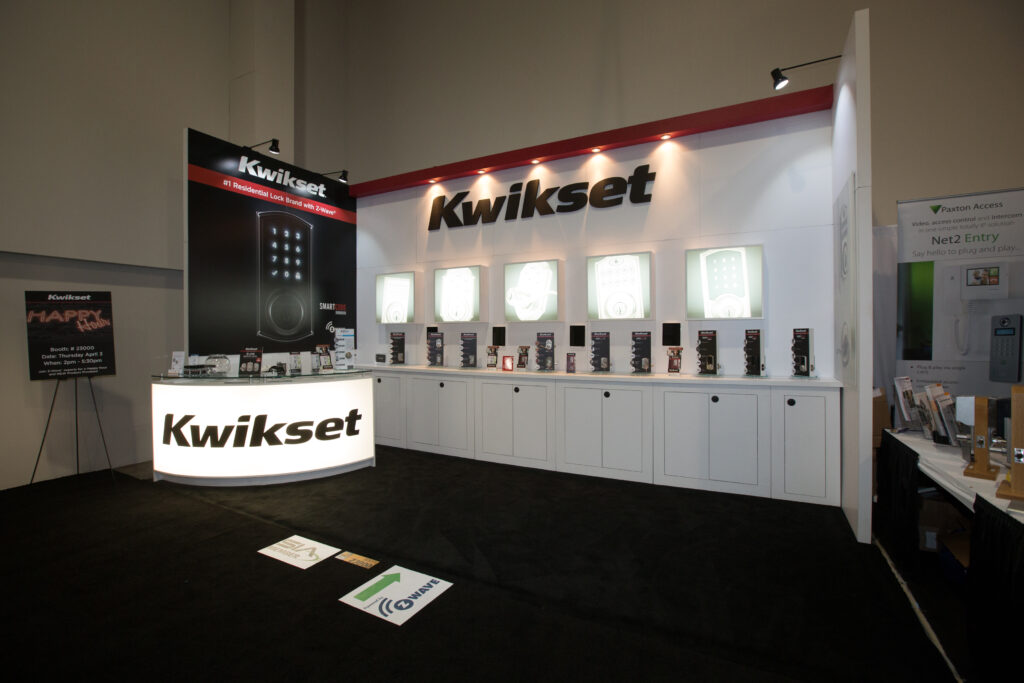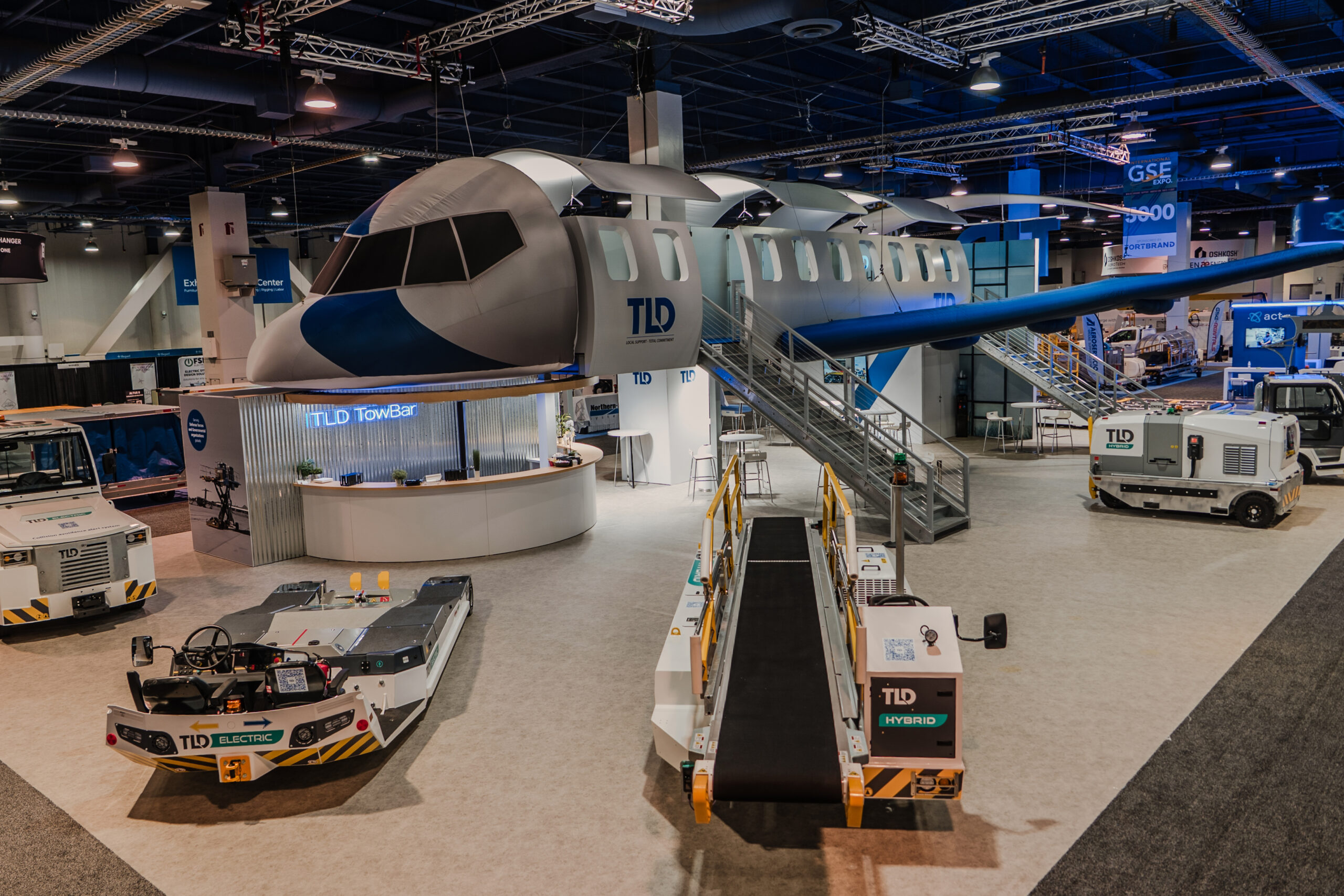
Why the Exhibitor’s Manual Matters
Whether you’re new to exhibiting or a seasoned pro, one thing never changes: success starts with your exhibitor’s manual. This often-overlooked resource is your exhibitor manual trade show guide—it contains everything you need to stay on schedule, avoid costly mistakes, and take advantage of discounts.
An exhibitor manual trade show guide includes logistics, rules, deadlines, and service forms that exhibitors must follow to save money and avoid compliance issues.
What’s Inside the Exhibitor’s Manual
The manual covers logistics such as dates, times, locations, and restrictions. Pay close attention to setup and takedown deadlines as well as power supply availability. You’ll also find service order forms for essentials like labor, electricity, internet, and cleaning—usually with tiered pricing:
- Early bird pricing: Submit before the deadline and save big.
- Standard pricing: Miss the deadline and pay full price.
- On-site pricing: Wait until the show and expect a premium “have your credit card ready” fee.
Submitting paperwork early helps you avoid budget surprises.
Show Rules and Regulations
The exhibitor’s manual also spells out show rules. These rules vary by city, venue, and management. For example, inline booths often have an 8-foot height limit, and not all shows allow hanging signs. Orlando frequently restricts hanging signs, while San Francisco’s Moscone Center has ceiling dips that limit height even in island spaces.
If you want to request an exception, ask for a variance early. Reasonable requests made with enough notice are often approved.
Timing Is Everything
Perfect timing is critical. The manual usually includes a timeline form that lists target dates. Following it keeps your project on track. If you have questions, don’t hesitate to reach out to show management—they’re there to support exhibitors. At Absolute Exhibits, our project managers use the exhibitor manual as a planning roadmap to ensure clients stay compliant, on schedule, and cost-efficient.
Common Mistakes Exhibitors Make When Ignoring the Manual
- Missed Discounts – Waiting too long to submit service orders often eliminates early bird rates, driving up costs unnecessarily.
- Denied Variances – Exhibitors who don’t check rules in advance risk bringing signage or booth structures that aren’t allowed. Without prior approval, variances are denied.
- Late Setup Fees – Overlooking target move-in dates can result in additional labor charges and last-minute overtime fees.
- Power or Internet Gaps – Failing to order utilities ahead of time can leave your booth without power, internet, or AV support when you need it most.
- Rule Violations – Ignoring city- or union-specific restrictions can trigger fines and delay booth installation.
Quick Checklist: Exhibitor Manual Trade Show Guide
| Section | What to Look For | Why It Matters |
|---|---|---|
| Logistics & Deadlines | Setup/takedown dates, power, show hours | Prevents missed windows and delays |
| Service Order Forms | Labor, electricity, internet, cleaning | Early submission saves money |
| Pricing Tiers | Early bird vs. standard vs. on-site fees | Budget protection |
| Show Rules & Restrictions | Booth height, signage, union rules | Avoids fines and compliance issues |
| Timeline/Target Dates | Deadlines for paperwork and services | Keeps you on track |
The Bottom Line
Your exhibitor manual trade show guide is more than paperwork—it’s your key to saving money and reducing stress. By studying it carefully, meeting deadlines, and planning ahead, you avoid surprises and make the most of your trade show investment.



